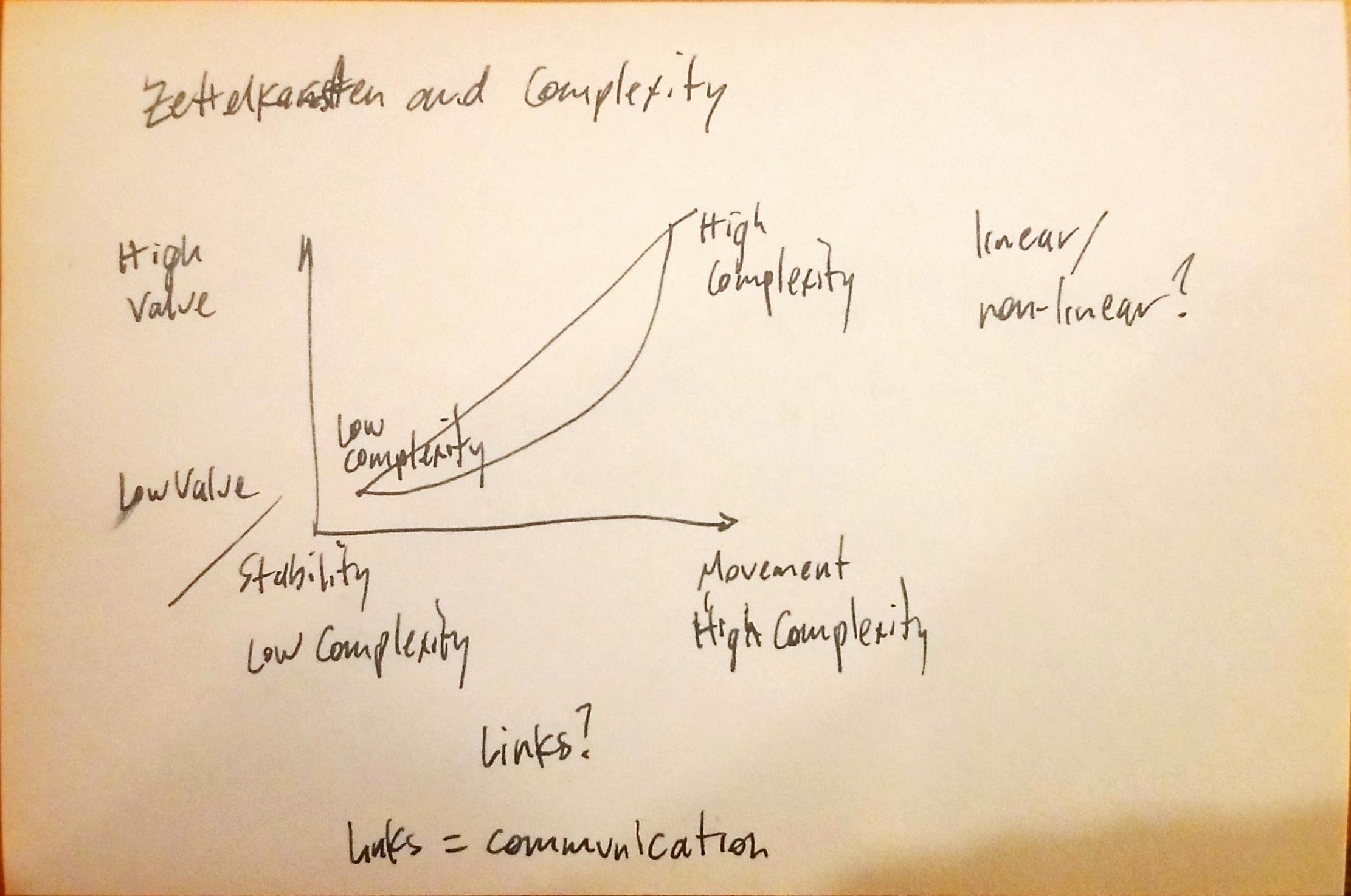1:06:53 The true constraints are the resources that are available (and if those resources will co-create together for the good of the WHOLE).
The true constraints are the resources that are available (and if those resources will co-create together for the good of the WHOLE).
People
Land
Water
Food
Energy
Co-operation
Co-creation
factories
business
playground
shop
public transport
trees
parks
water
community centres
transporttation
technolgy
education
uneducation
shamans
carers
Community Shadows
Healthcare
Predators
Predatory Debt
Employees
Employers
Social Entrpreneurs
employment
unemployment
volunteers
interns
banks
credit unions
informal time trading
timebanks
barter
gift economy
